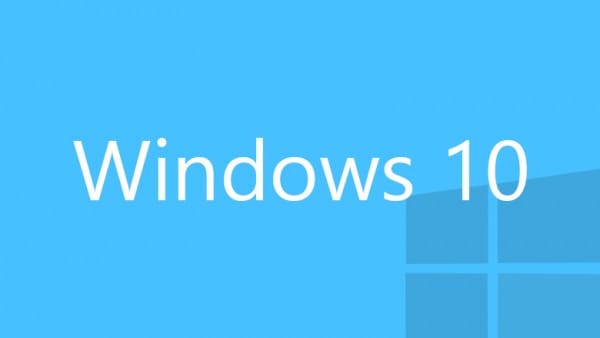
Arriving at the end of July 2015 is the release of the highly anticipated version of Microsoft’s Windows 10. The free upgrade will be available from Wednesday 29th July and Microsoft is hoping to put the problems and backlash it suffered with the release of Windows 8 finally to bed once and for all. If you are currently running Windows 7 Service Pack 1 or Windows 8.1 you will be able to download the upgrade for free at least for the first year of release. And what’s better is that if you do upgrade within that first year you will also receive updates for the supported lifetime of the device itself.
For those still running even older operating systems such as Windows Vista will unfortunately not be able to upgrade for free so this may be a good time to think about purchasing a new more modern computer which will already be set to run Windows 10. If you currently run Windows on a virtual machine you will have to pay for the upgrade which will be $110 for the home edition or $199 for the Windows 10 Pro edition.
Thankfully the upgrade is a fairly quick and effortless procedure that can be done via the Windows Update facility. For those running Windows 7 SP1 or Windows 8.1 will notice an application on their desktop reading “Get Windows 10”. Users simply need to click on this notification which will lead you through the process of reserving your copy of the updated operating system.
The reserve process will begin to automatically retrieve certain aspects of the new OS over time leading up to the July 29th release date which means that when the day comes for the full upgrade you won’t be required to download and install and extremely large setup file. The reserve feature will simply help you to prepare your system for the forthcoming upgrade and will make the process of upgrading your computer a lot quicker.
So we’ve seen how to upgrade but the bigger question is should you? The new-look interface manages to bring together a host of new features as well as merging it with long forgotten aspects of Windows that also proved popular with previous versions. It will include the return of the start menu in a new extendable form and will also include a brand new browser known as the Microsoft Edge, which has been described by creators as an all-round “better web experience”.
Windows 10 has thankfully pulled back its tiled metro style which will now only feature on a special tablet mode. Microsoft has also integrated their popular Cortana assistant found on their Windows Phones, which you can pick up at the Smart Phone Company, into its main search facility. You can snap together up to four screens simultaneously and everything just feels easier to find and work with now.
 Gearfuse Technology, Science, Culture & More
Gearfuse Technology, Science, Culture & More

